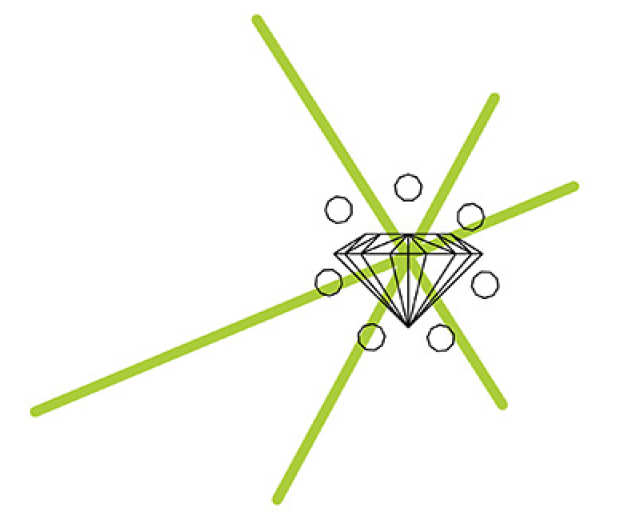The Hitchhiker’s Guide to the Galaxy declares 42 the answer. But what is the question? For Dr Jonathan Breeze, Research Fellow at the Department of Materials, it’s about being on the right wavelength.

Illustration: Mike Lemanski
We’ve all heard of lasers, but what about masers? A made-up term? Absolutely not. Lasers have become an indispensable part of life since their introduction in 1960, featuring in everything from eye surgery to precision drilling. But masers – standing for ‘microwave amplification by stimulated emission of radiation’ – have only really come of age in the last year.
That was when Dr Jonathan Breeze, Research Fellow at the Department of Materials, and his team made the first maser to consistently work at room temperature (previously they only worked when cooled to -273°C, which meant they were impractical to use). “It’s kind of a big deal,” says Breeze. It’s also central to his research interests. “Most of my work is about trying to understand how materials interact with electromagnetic waves.”
His first attempt at a room-temperature maser, which can direct microwaves in a particular direction, used the organic material pentacene, but it became so hot it only worked for a fraction of a thousandth of a second at a time. Then, two years ago, he read about nitrogen-vacancy centres, a naturally occurring defect in diamonds.
“How the maser works is fundamentally about the interaction between microwaves and the special defects in diamonds.” He created a synthetic diamond with the same tiny imperfections and placed it in a ring of sapphire, which stores the microwave energy. When lit by a green light to activate it, the maser emitted a continuous beam.
Breeze doesn’t know exactly what the practical uses will be, but there are some exciting possibilities. “I’d like to see masers used in ground-penetrating radar or medical imaging tools.” Because microwaves can travel through objects rather than bouncing off them like light does, they might be better placed to detect a tumour than a laser, for example. He’s also happy to see what other people come up with – and doubts he’ll be waiting long. “We’re probably a couple of years away from a workable device that provides a source of coherent microwaves. It just requires a little bit of engineering by someone with an application in mind.”